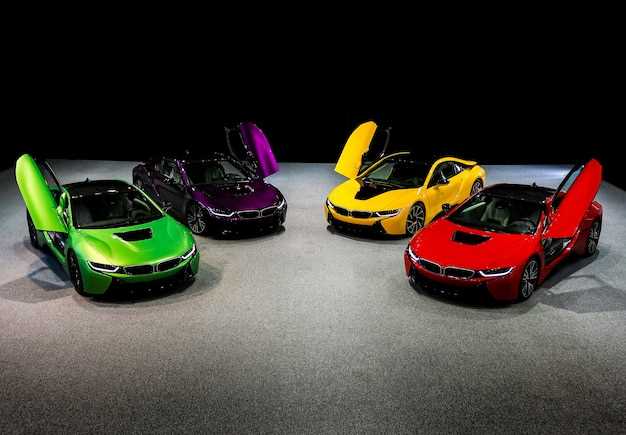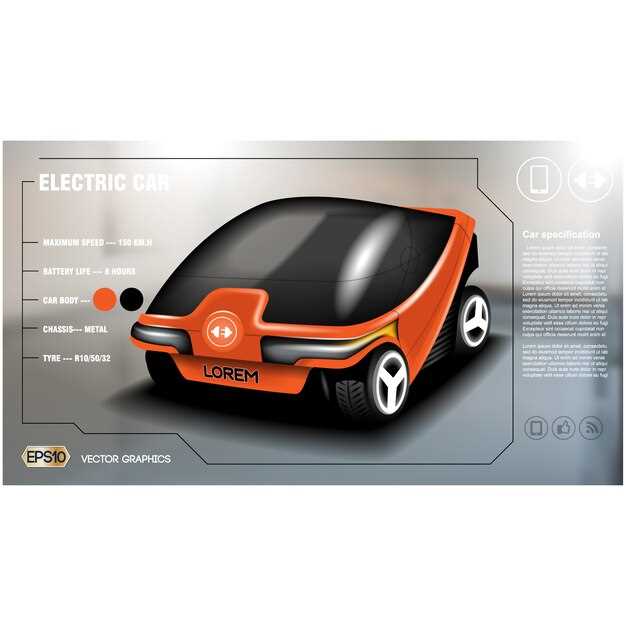
The automotive industry is on the brink of a revolutionary transformation, with manufacturers gearing up to unveil their new models in 2025. As technology evolves and consumer preferences shift, 2025 promises to be a landmark year for car enthusiasts and potential buyers alike. The anticipation surrounding these forthcoming vehicles is palpable, driven by advancements in electric powertrains, autonomous technologies, and innovative design elements.
In this article, we will explore the top 10 most anticipated car models set to hit the market in 2025. From bold designs to cutting-edge features, these models reflect the industry’s commitment to sustainability and performance. As automakers strive to meet stringent environmental regulations and consumer demands, the variety of vehicles debuting in 2025 showcases a significant leap forward in automotive engineering.
Join us as we delve into the specifications, release dates, and unique features of these exciting new models, giving you a glimpse into the future of driving. Whether you are a dedicated car aficionado or just someone curious about what lies ahead, this comprehensive look at the most anticipated vehicles of 2025 will surely pique your interest.
Key Features and Innovations to Expect from 2025 Car Models
The automotive industry is poised for remarkable advancements in 2025, with several car models showcasing innovative features that will redefine the driving experience. Here are some key aspects to look forward to:
1. Enhanced Electric Powertrains: With an increasing push towards sustainability, 2025 car models are expected to sport improved electric powertrains. Expect longer ranges, faster charging times, and greater efficiency, enabling drivers to travel further without the anxiety of running out of battery.
2. Autonomous Driving Capabilities: Many manufacturers are making significant strides in autonomous technology. By 2025, numerous cars will boast advanced driver-assistance systems that can navigate complex urban environments, ensuring safer and more convenient driving experiences.
3. Advanced Connectivity Features: The integration of seamless connectivity will be a hallmark of new models. Expect enhanced infotainment systems that allow for real-time updates, smartphone integration, and advanced voice control, enabling drivers to stay connected without distraction.
4. Sustainable Materials: As environmental awareness grows, car manufacturers are focusing on sustainability. The 2025 models will likely feature interiors made from recycled and eco-friendly materials, showcasing a commitment to reducing the automotive carbon footprint.
5. Improved Safety Innovations: Safety remains a top priority. Anticipate features like improved collision avoidance systems, pedestrian detection, and enhanced airbag technology, all designed to protect occupants and pedestrians alike.
6. Augmented Reality Displays: Augmented reality is set to make its mark on vehicle displays. Some models will use AR technology to project navigation cues onto the windshield, providing drivers with an intuitive way to interact with their surroundings.
7. Adaptive Suspension Systems: Expect to see advancements in suspension technology that automatically adjusts to road conditions. This will enhance ride comfort and handling, providing a smoother experience over various terrains.
8. Innovative Energy Recovery Systems: Fuel efficiency will improve with energy recovery systems that capture and reuse energy during braking or deceleration. These advancements will help in maximizing the overall efficiency of combustion and electric engines alike.
9. Customizable User Interfaces: In-car interfaces will become increasingly customizable, allowing drivers to tailor settings according to personal preferences. This will enhance user experience and ensure that essential features remain easily accessible.
10. Expanded Vehicle Type Offerings: 2025 is likely to see a wider array of vehicle types, including electric SUVs, compact cars, and even performance-oriented electric models. This diversity will cater to a broader audience, ensuring that there’s a perfect fit for every lifestyle.
In summary, the cars of 2025 promise a fusion of technology, safety, and sustainability that will cater to the evolving demands of consumers. As these models hit the market, they will not only reflect automotive innovation but also a commitment to a more responsible and connected future.
Comparison of Performance Specifications Across 2025 Releases
The upcoming 2025 models showcase significant advancements in performance specifications, reflecting the automotive industry’s push towards efficiency and power. Manufacturers have prioritized various attributes, including horsepower, torque, acceleration, and electric range, to meet consumer expectations and regulatory demands.
One standout model is the new electric sedan from a leading manufacturer, boasting an impressive 0-60 mph time of under 3 seconds thanks to a dual-motor setup. This model also features a robust 400-mile range on a single charge, making it a strong contender for those seeking both performance and practicality.
In contrast, a traditional sports car set for release in 2025 is expected to generate over 600 horsepower from its newly developed turbocharged engine. This model not only promises exceptional acceleration but also integrates advanced aerodynamics to enhance stability at high speeds, demonstrating the blend of power and technology.
Another noteworthy entry is an SUV that combines electrification with utility. This new model achieves a balance between performance and family-friendly capabilities, producing approximately 450 horsepower while maintaining fuel efficiency. With a 0-60 mph time of around 4.5 seconds, it aims to attract buyers seeking versatility without sacrificing speed.
Moreover, several brands are releasing hybrids that merge internal combustion engines with electric motors. These new models typically feature configurations producing between 300 to 500 horsepower, offering a unique experience that caters to enthusiasts who appreciate the feel of traditional engines but also want the benefit of electric assist for improved efficiency.
As consumers gear up for the 2025 models, understanding these performance specifications will be crucial in making informed choices. With each manufacturer emphasizing different strengths, the competition promises to deliver an exciting array of vehicles that cater to diverse driving preferences. Whether prioritizing speed, efficiency, or technology, the new 2025 releases are poised to exceed expectations in the performance arena.
Market Predictions and Pricing Trends for New Cars in 2025

As we look ahead to 2025, the automotive market is poised for significant transformation. Emerging technologies, shifting consumer preferences, and the global economic landscape will shape the prices and availability of new car models. Industry analysts predict that electric vehicles (EVs) will dominate the market, with a wider range of affordable models expected to enter production.
Market predictions suggest that the demand for eco-friendly cars will rise sharply due to increasing environmental concerns and government incentives. This shift may lead to a gradual decrease in prices for electric models, making them more accessible to the average consumer. The competitive landscape will also force traditional automakers to innovate aggressively, potentially lowering costs across the board.
In terms of specific pricing trends, the average cost of new cars in 2025 is expected to stabilize after the fluctuations caused by the supply chain crises experienced in recent years. Automakers adopting modular production techniques could drive efficiency, thereby influencing pricing strategies positively. However, luxury models and high-performance variants may see price increases as manufacturers incorporate advanced technologies and exclusive features.
Additionally, the growing emphasis on automotive technology, such as autonomous driving capabilities and advanced connectivity features, may lead to higher baseline prices for new models. Consumers looking for tech-centric vehicles might be prepared to invest more, influencing the overall pricing structure of the market.
Overall, 2025 holds promise for a dynamic automotive landscape, where new car models will increasingly reflect technological advancements and consumer preferences, driving both innovation and competitive pricing trends in the industry.
